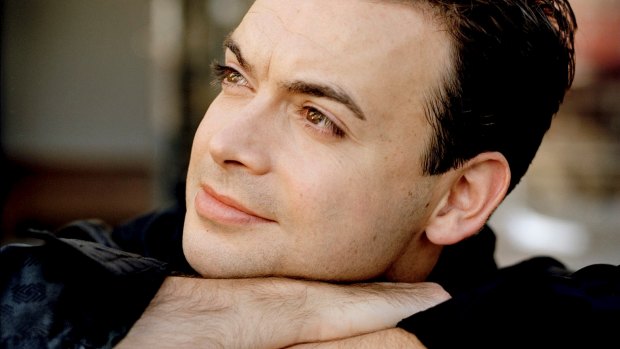By Peter McCallum
Celebrating Mozart ★★★★
Australian Chamber Orchestra, Dejan Lazic
City Recital Hall, September 15

Pianist Dejan Lazic brought graceful individuality to his musical phrasing.
Today, storms are harbingers of climate change and turbulence on a global scale. In that context, the stormy symphonies of Haydn and Mozart that framed this program seemed like a return to an age of innocence, where the storms were nothing more than a fiery metaphor for the turbulence of the mind.
The nervous note repetitions and urgent two-note groupings of the opening of Haydn’s Symphony No. 39 in G minor Tempesta di mare [tempest of the sea], (1765) resemble unsettled breath. The ACO played these with urgent crispness and maintained implacable momentum throughout.
Aged thirty-three, Haydn had never been to sea when he wrote this but seems to have had nightmares about it nevertheless. By contrast, the 17-year old Mozart had already crossed the English channel by the time he wrote his first G minor Symphony, K. 183 (1773), and although this work was almost certainly influenced by Haydn, Mozart brought to it all the distinctive expressive drama and pathos that infiltrates minor-key movements even in his juvenilia. Each symphony calls for four horns to negotiate key changes and in tempestuous moments this produced a sense of sinewy struggle in the balance of the sort one could imagine both composers fully intended.
Between came two idyllic concertos, Mozart’s Piano Concerto No. 14 in E flat, K 449 with pianist Dejan Lazic, and the Violin Concerto in G, K 216. Before the Piano Concerto proper, Lazic played his own arrangement of the finale of the Piano Sonata in B flat, K. 333. Mozart’s original, like Bach’s Italian Concerto and Alkan’s Concerto for solo piano, puts the concerto format in a solo work and Lazic’s realisation with piano and orchestra sets out this structural basis with clarity and elegance.
In the Concerto K. 449, Lazic played with textural lightness, pearly finger articulation and graceful individuality in musical phrasing. After interval, Tognetti approached the Violin Concerto K 216 with welcome imaginative freedom, tapering the opening theme with finesse and drawing on a widely contrasting palette of tone and dynamic to maintain inventive freshness. For me, there were places where expressive freedom in the slow movement was overdone, but the sectionalised finale had buoyancy and an apt sense of caprice.